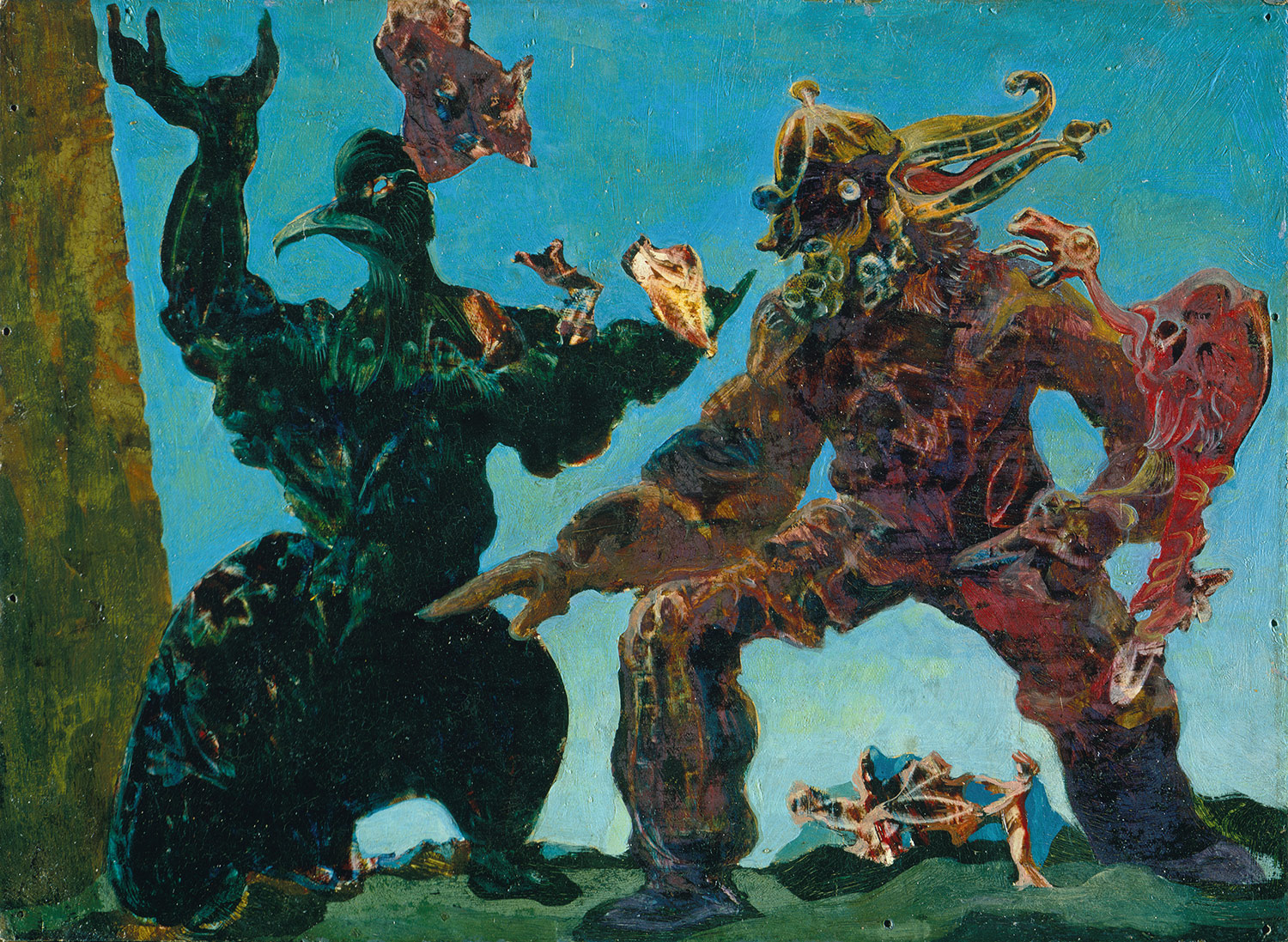 Going to the grocery store can be an experience – crowds, lines, carts – but the food that is being sold is the real spectacle. Did you know that the majority of food that can be found in the supermarket is genetically modified? Did you also know that in 2008 the FDA approved the sale and distribution of foods produced from cloned animals? It’d be easy to miss as none of the foods we consume are labeled as such and there is no regulation requiring them to be. But, when you consider that the tomato you just put in your basket actually has flounder genes as well as tomato genes, or that the lamb chops you plan to make for dinner are actually Dolly, it becomes clear what technological marvels all the products being sold to you represent.
Going to the grocery store can be an experience – crowds, lines, carts – but the food that is being sold is the real spectacle. Did you know that the majority of food that can be found in the supermarket is genetically modified? Did you also know that in 2008 the FDA approved the sale and distribution of foods produced from cloned animals? It’d be easy to miss as none of the foods we consume are labeled as such and there is no regulation requiring them to be. But, when you consider that the tomato you just put in your basket actually has flounder genes as well as tomato genes, or that the lamb chops you plan to make for dinner are actually Dolly, it becomes clear what technological marvels all the products being sold to you represent. Is it healthy to be consuming genetically modified (GM) and cloned foods? Well, that all depends on who you ask (and, more often than not, on whom that person works for). If you have read the many books or seen any of the other media regarding the food industry, it would seem that the consensus is that it is not healthy, but, if you dig a little deeper, you’ll see that there are a number of researchers and scientists who argue that this food is perfectly safe. Often this assessment is based on “substantial equivalence”, in which the researchers find that a GM food and a non-GM food are not substantially different in terms of composition; however, there are a number of issues with this type of safety test, and others deem it unreliable as a gauge of the health risks that might be associated with eating such foods. But this is only one facet of a complex issue and, as always, the Austin Public Library has the resources you need to get to the heart of the matter.
FindIt Plus (requires an APL card, if accessing from home; FindIt Plus is one of the links in the Tools menu on the left)
A great way to search several of our databases and our catalog all at once. I found 3 of the 4 articles below by searching it.
"GM Food: The Scientist’s View"
Books and Other Media
Animal, Vegetable, Miracle: A Year of Food Life by Barbara Kingsolver
Eat Well Guide (website)
"Free online directory for anyone in search of fresh, locally grown and sustainably produced food in the United States and Canada"
Food, Inc. (book) and Food, Inc. (movie)


















